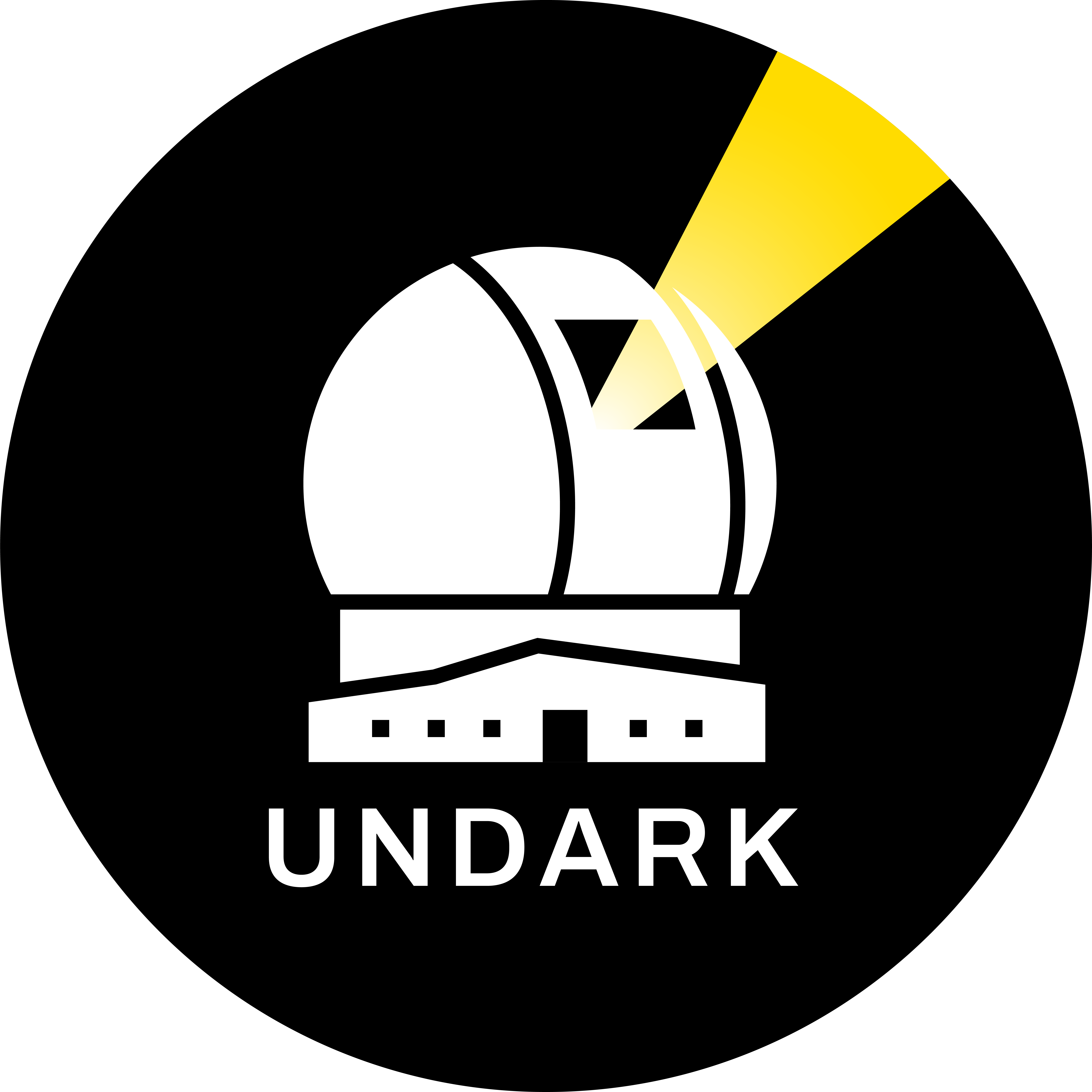Astrophysical probes of dark sectors using radiowave observations

This is the 1st UNDARK workshop, to be held in the Instituto de Astrofísica de Canarias (IAC) during 29 September - 3 October 2025. This workshop will focus on astrophysical probes of fundamental questions related to the dark universe, with a specific emphasis on radio wave observations, as well as their possible connections with gravitational wave detection. The meeting is organized in the context of the UNDARK project and it aligns with the observational and instrumental expertise of the IAC in microwave astronomy, including experiments such as QUIJOTE, TMS, LSPE-STRIP, and GroundBIRD.
Main website: https://meetings.iac.es/astrodarkradio/
UNDARK is funded through the Widening participation and spreading excellence programme (project number 101159929), which is part of the European Research Area (ERA) Policy Agenda and aims to harmonise research and innovation (R&I) capacities among all EU countries.

Alessandro Fasano
Andrea Caputo
Angela Maria Arriero Lopez
Anirudh Prabhu
Anna Bonaldi
Apolline Chappard
Arianna Di Cintio
Bryce Cyr
Calore Francesca
Camilo Alfredo García-Cely
Carlos Hernández - Monteagudo
Carolina Casadio
Cherry NG-GUIHENEUF
Claudia Guerrero
Dominik Schwarz
Duvier Suarez Fontanella
Elena Pinetti
Elena Vanetti
Elia Battistelli
Elisa Todarello
Emilie Parent
Evanthia Hatziminaoglou
Federico Di Vruno
Fernando Valenciano-Ruano
Fumihiro Naokawa
Georg Raffelt
Jack Singal
Jamie McDonald
Javier De Miguel
Jessie de Kruijf
Jorge Terol Calvo
Jose Alberto Rubiño-Martin
José L. Gómez
Ken Ebisawa
Laura Lopez Honorez
Luca Teodori
Mar Pérez Sar
Marco Taoso
Nataliya Porayko
Pasquale Dario Serpico
Pasquale Di Bari
Pedro De la Torre Luque
Ricardo T. Génova-Santos
Roke Cepeda Arroita
Ruben Zatini
Sam Witte
Thong Nguyen
Utsav Bose
- +8